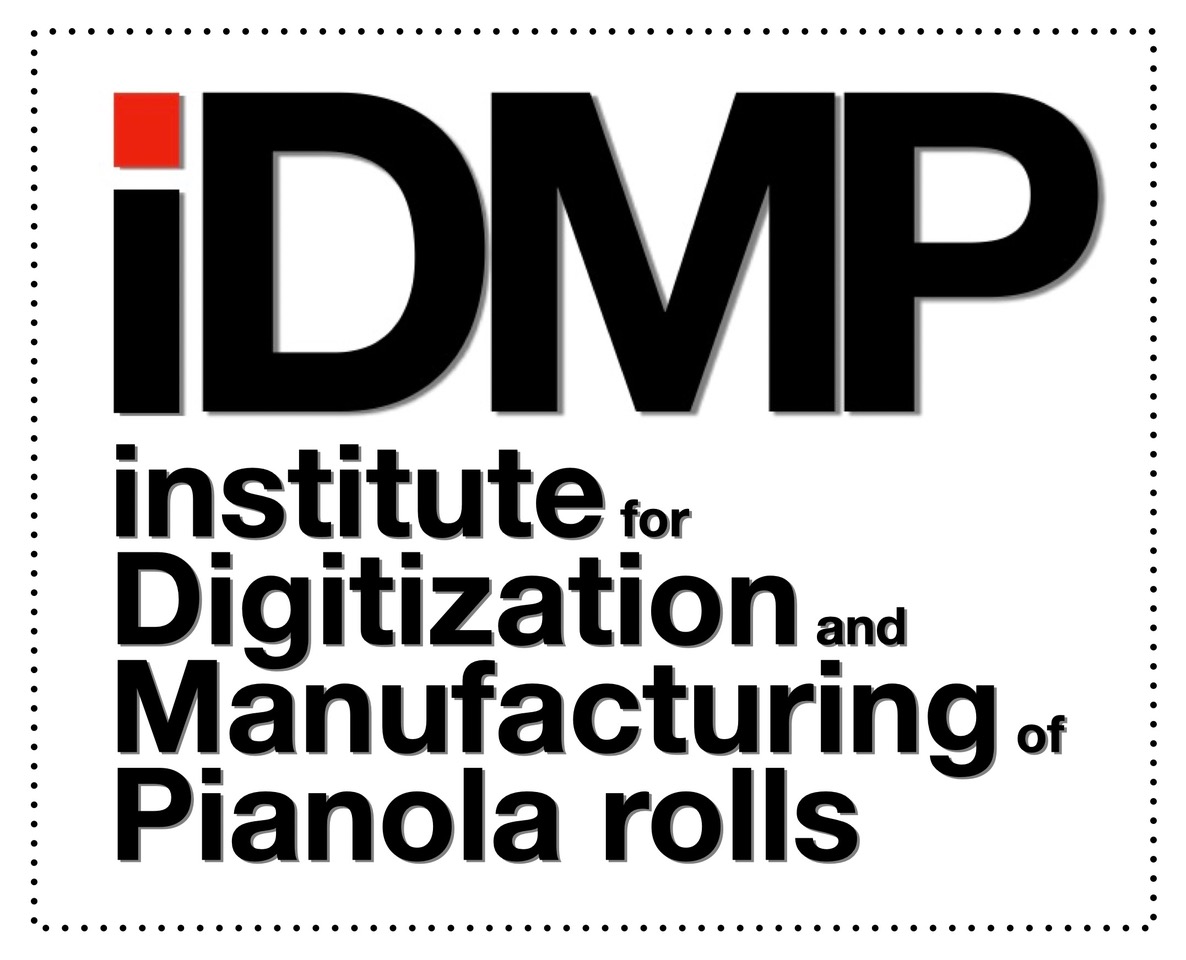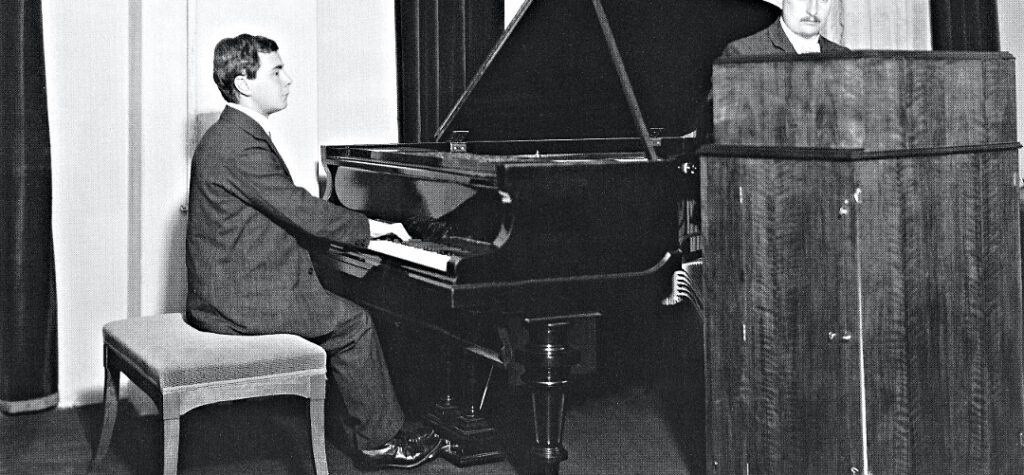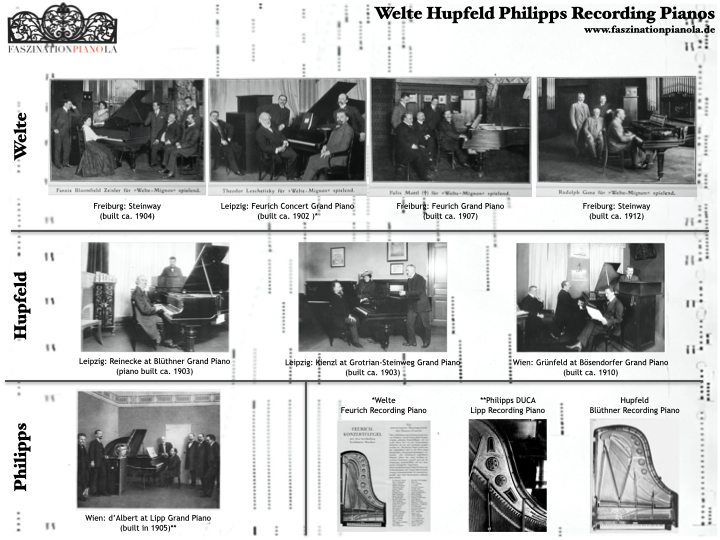Unfortunately, no recording wings were preserved after the wars - and for reasons of secrecy, no design or patent documents were published, so that it is still not entirely clear how exactly the recording process took place. The manufacturers' descriptions in the product catalogues and advertisements are only very rough - each key of the recording grand piano was electrically connected to the recording device and the time and length of the keys struck were usually recorded by means of rotating disc lines on a paper roller. Dynamics and pedalling were recorded by an additional device that recorded the speed and strength of the keystroke.
More detailed descriptions are only available from Ampico and Duoart. Welte and Hupfeld have established theories among experts about the probable method of producing music rolls. It is certain that as early as 1904, not only the keys played, the tempo and pedal utilisation were recorded, but also the dynamics. In addition, information on the musical performance was probably written down by trained personnel or recorded separately and later incorporated into the so-called mother roll.
In recent years, the search for details of the recording technique has received more attention again. Especially from the perspective of interpretation research. The Museum of Music Automatons in Seewen is working on this topic in co-operation with various universities. Probably the only surviving Welte recording machine for organ recordings can be seen in this museum. Details of Hupfeld's recording technique have been written up by Ludwig Riemann. As a musicologist, he has written interesting publications on the nature of the piano sound and the (musical) value of the piano-playing apparatus. According to his own statements, he was present when Edvard Grieg played the recording piano in Hupfeld's recording parlour. He described some of his findings in his publications.
H.-W. Schmitz was able to locate the Lipp recording grand piano (serial number 26087) that was used by Philipps for the artists' recordings. Unfortunately, the recording equipment had been removed decades ago. However, the many signatures of the pianists who made recordings for DUCA had been preserved. The signatures on the moulding were apparently common practice and can also be found at Hupfeld and Welte. Factory recordings of a Blüthner recording grand piano at Hupfeld have been preserved. The Welte grand piano at the very beginning is said to have been a Feurich concert grand.
The photos from the recording sessions at Hupfeld, Welte and Philipps show that Welte used grand pianos from Steinway & Sons and Feurich. At Hupfeld - presumably because Steinway and Feurich were already contractually bound to Welte - grand pianos by Blüthner and Grotrian-Steinweg were in use - as well as a Bösendorfer grand piano at Hupfeld in Vienna. An R. Lipp grand piano was used at Philipps in Frankfurt.
In the search for details, especially of the recording process at Welte, Feurich as a piano manufacturer and Hugo Popper as a contributor probably play a major role. There are still many questions to be answered here.



